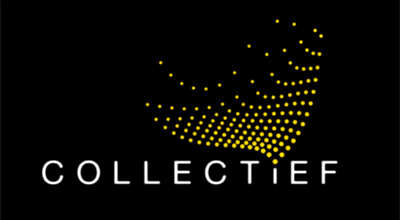
The COLLECTiEF project aims to upgrade the smartness of existing buildings and create a collaborative network of a large number of buildings providing grid flexibility while still ensuring the quality of service to the end customer. The COLLECTiEF system relies on Collective intelligence (CI) that is a distributed intelligence paradigm, which brings the main computation and sensor solutions at the building level (edge) and enables the integration of appliances and technical systems into a collaborative network to manage energy in a scalable manner within existing buildings, neighbourhoods, and urban systems.
The solution is a nature-inspired technology. We can find many examples of natural collective intelligence when entities are connected so that collectively they act more intelligent than any individual entity is capable of. These entities interact and communicate based on simple rules and complex behaviour emerge from the interactions, like a school of fish, an army of ants, or a colony of bees. This is the core of the technology that is going to be tested in the pilot buildings of COLLECTiEF.
The solution provided by COLLECTiEF has a simple communication logic (among energy systems, buildings, and appliances) with a minimum need for data transfer and storage. COLLECTiEF uses low-cost and open source components such as Raspberry PI in combination with cost-effective equipment available on the market such as smart plugs and smart thermostats.
The CI-based energy network will work with no central data management and control system. Buildings are active elements that interact with the grid in real-time and manage themselves efficiently, based on self-learning/self-optimizing algorithms. This will ensure cost-efficiency (estimated implementation cost of the whole CI-based network infrastructure: 4-5 €/m2) with estimated annual energy cost savings up to 3 €/m2 depending on building type and original energy demand of the buildings. Moreover, the buildings can further benefit from the local incentives provided through local demand response programs.
Team: Panayiotis Papadopoulos, Ioanna Kyprianou
Website:
Contact Person:
Funding:

Partners: